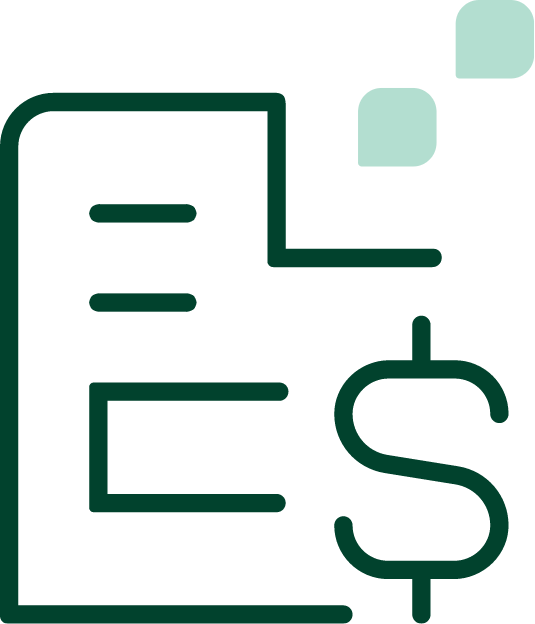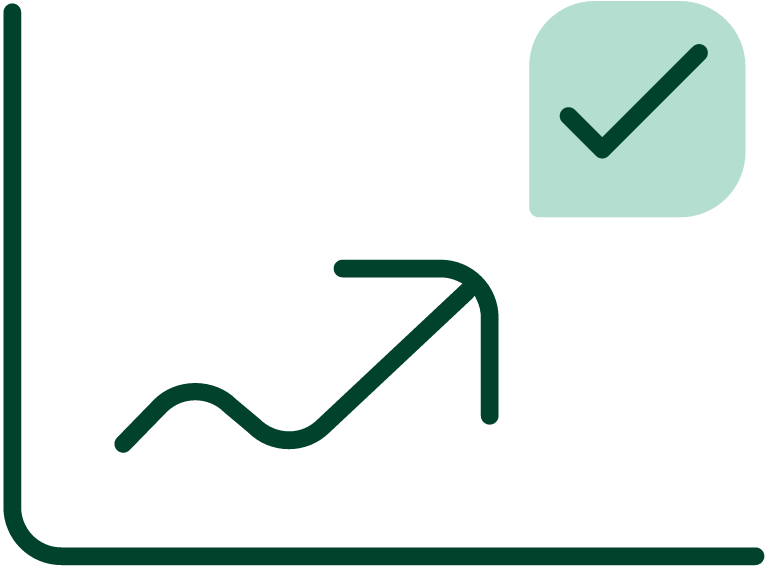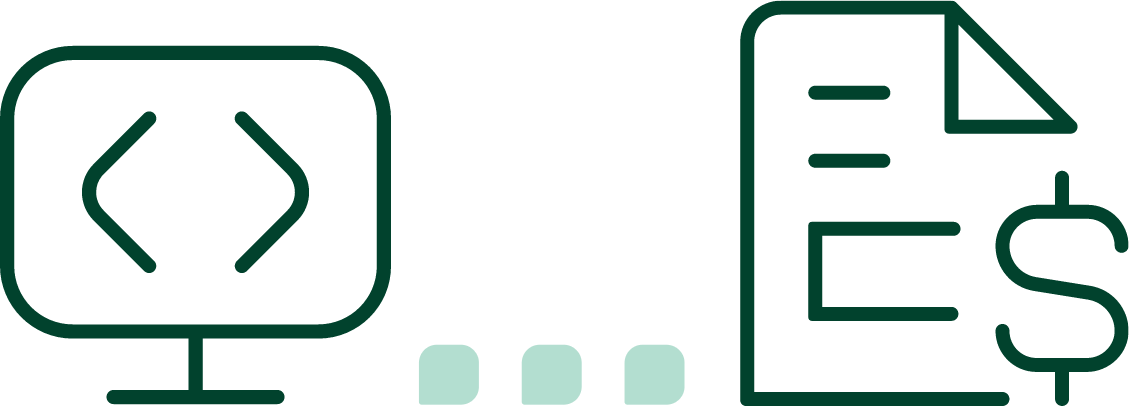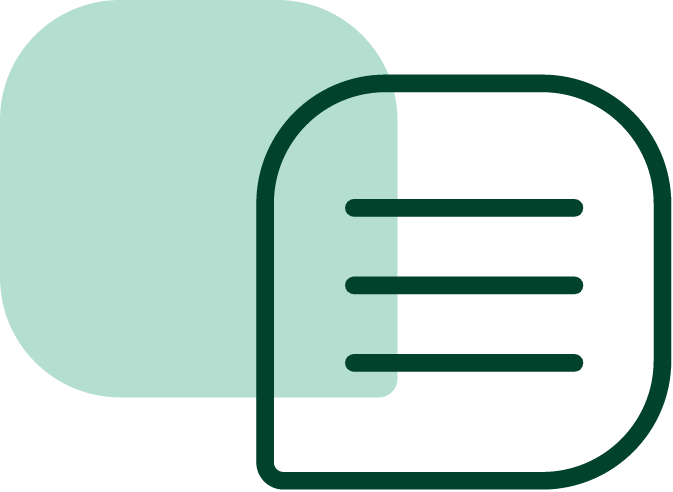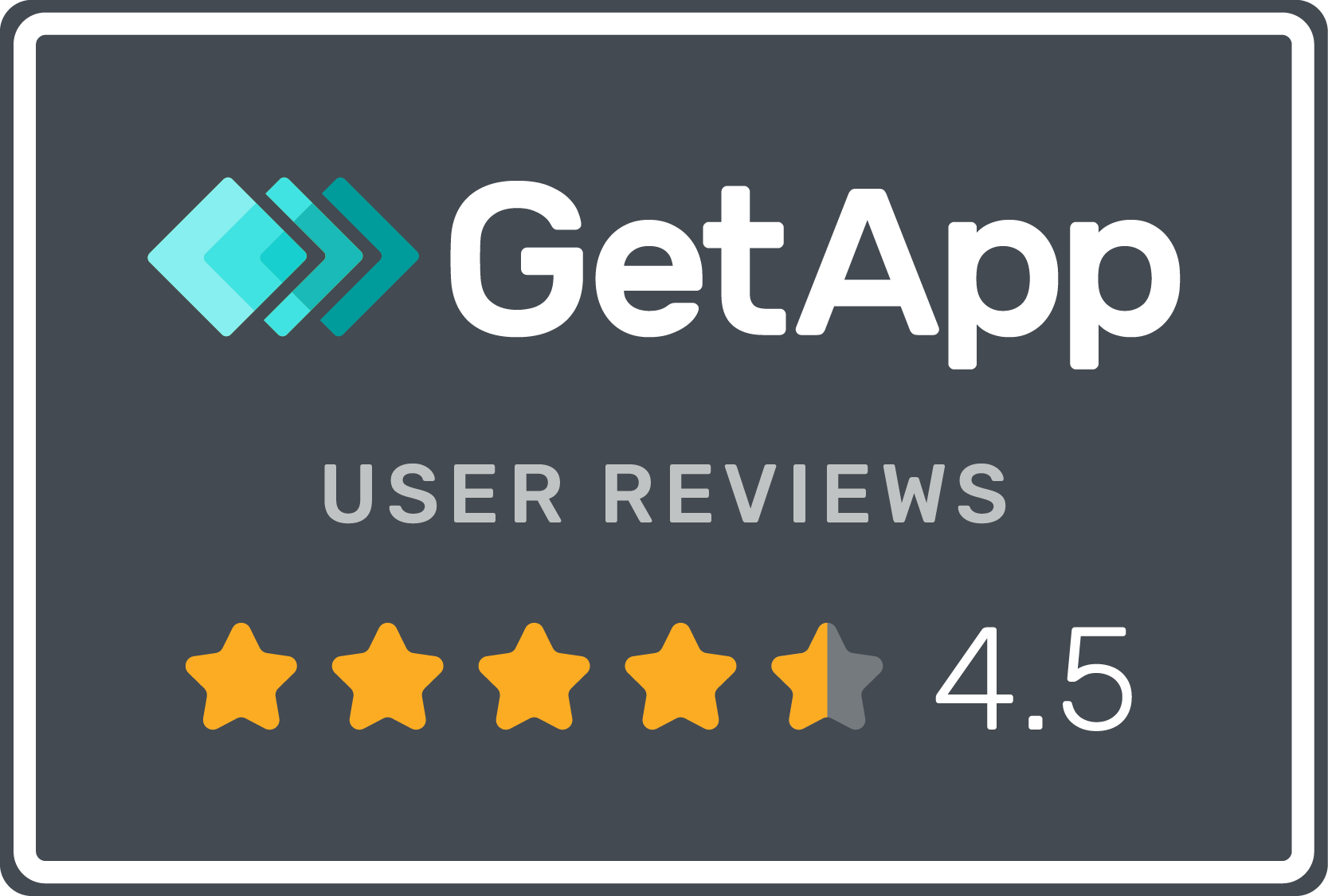If you work in a competitive industry, you can no longer rely on outdated or rigid payment structures. Customers know they have choices and if you don’t offer a payment policy with some flexibility, they will go elsewhere. Optimizing payment policies has become crucial to strengthening cash flow, improving customer satisfaction, and ensuring regulatory compliance. Organizations that embrace payment method optimization and implement an optimal payment policy experience fewer disruptions in revenue streams and build stronger relationships with their customers.
This comprehensive guide explores the strategic imperatives of optimizing payment policies, how to execute payment strategy optimization effectively, and how accounts receivable/invoice to cash platforms can empower your team to gain control and clarity in your accounts receivable operations.
Why Optimize Payment Policies?
1. Improved Cash Flow
An inefficient payment policy can result in delayed payments, cash flow unpredictability, and ultimately, strained operations. Optimizing payment policies directly impacts how and when your business receives funds. When policies are aligned with your operational goals and your customer’s habits, you shorten DSO (Days Sales Outstanding) and build financial resilience.
2. Enhanced Customer Experience
Payment flexibility and clarity are key to customer satisfaction. Offering multiple payment options and transparent terms demonstrates that your organization respects the client’s time and resources. Organizations should make it as easy and convenient as possible for their customers to make payments.This can foster trust, increase repeat business, and reduce disputes or missed payments.
3. Better Forecasting and Planning
Clear policies enable more accurate cash flow forecasting and budget planning. When you understand payment cycles, you can better allocate resources, manage expenses, and invest in growth opportunities with greater confidence.
4. Legal and Regulatory Compliance
Payment policies must comply with financial and data regulations across different jurisdictions. Non-compliance can lead to penalties or reputational damage. By integrating compliance considerations into your policies, you minimize risk and ensure operational continuity.
5. Greater Operational Efficiency
Streamlined payment policies reduce manual work, lower error rates, and enable automation of routine tasks. This allows staff to focus on more strategic and value-added activities, ultimately boosting productivity and reducing overhead
Key Elements of an Optimal Payment Policy
Creating an optimal payment policy means balancing operational efficiency with customer convenience and legal rigor. The most effective policies include the following components:
1. Clear Payment Terms
Define your terms explicitly:
- Net payment terms (e.g., Net 30, Net 60):
These indicate how many days a buyer has to settle an invoice from the invoice date. For example, “Net 30” means payment is due within 30 days. These terms create predictable cash flow cycles and help set expectations on both sides of the transaction. - Early payment discounts:
Incentivizing customers with discounts such as “2/10 Net 30” — offering a 2% discount if payment is made within 10 days — encourages quicker payments and accelerates cash inflow. These discounts reward financially disciplined buyers and improve working capital for the seller. - Penalties for late payments:
Clearly outlined late fees deter delayed payments and signal the importance of timely settlement. This practice promotes more responsible payment behavior and helps offset the cost of overdue receivables. - Specify days/times you are open and available to processes payments:
If your systems don’t support 24/7 payments, note your availability to avoid confusion or missed deadlines.
Transparency in all of these terms ensures alignment, reduces disputes, and strengthens professional relationships.
2. Multiple Payment Methods
To support payment method optimization, offer customers a choice:
- Credit/debit cards
- ACH transfers
- Wire transfers
- Digital wallets
- Checks (if necessary)
- Others as appropriate
Providing multiple options helps remove payment friction and accelerates collections. Because payment optimization values speed, it is a good idea to encourage payment methods where the processing is quick and mistakes are either less likely to be made or easy to catch.
3. Invoicing Protocols
Ensure invoices:
- Are issued promptly
- Include detailed line items
- Reference POs or contracts where applicable
- Are accompanied by reminders sent well in advance of the invoice due date.
Automated invoicing tools integrated with your ERP can further improve accuracy and consistency.
 Streamline Payment Policies, Maximize Cash Flow, and Improve Customer Relationships—All in One Platform
Streamline Payment Policies, Maximize Cash Flow, and Improve Customer Relationships—All in One Platform
Unlock the full potential of your accounts receivable process with Gaviti! From setting effective payment terms to ensuring compliance and building stronger customer ties, see how our platform makes it all easier.
See Gaviti in Action:
Watch the Product Tour Now!4. Dispute Resolution Process
Clearly document the steps to raise and resolve disputes. Fast resolution improves customer trust and shortens payment delays.
5. Legal and Regulatory Clauses
Ensure your policy includes clauses that align with local, state, and international financial compliance requirements. Ensure that the communication channel you use is compliant with common communication regulations such as GDPR in Europe and Can Spam in the USA.
How to Optimize Your Payments Strategy for Improved Cash Flow
Payment strategy optimization involves continuous refinement of processes and systems. Here are the most impactful ways to optimize your payments strategy:
1. Segment Customers by Risk Profile
Classify customers based on their creditworthiness and payment behavior. Offer stricter terms to high-risk customers and incentivize early payments for reliable payers.
2. Automate A/R Processes
Use automation to streamline collections, reduce errors, and improve communication. Tools like Gaviti help implement Accounts Receivable Automation Best Practices, ensuring consistent follow-ups and timely escalations.
3. Implement Real-Time Tracking
Real-time tracking of invoices and payments helps you identify trends, flag risks early, and adjust strategies proactively. Visibility leads to faster decision-making and a more dynamic financial operation.
4. Offer Early Payment Discounts Strategically
Discounts can be effective if used wisely. Ensure they don’t impact your margins significantly and are only offered where it benefits your liquidity and customer relationships.
5. Regularly Review and Update Terms
Economic conditions, customer profiles, and payment technologies evolve. Regular reviews ensure your policies remain aligned with current realities.
Ensuring Compliance Through Effective Payment Policies
Compliance in payment processing is no longer optional. It’s essential to embed compliance measures in every layer of your optimal payment policy. Here’s how:
1. Stay Updated on Regulations
Monitor changes in:
- Data privacy laws (e.g., GDPR, CCPA)
- Financial regulations (e.g., anti-money laundering, KYC)
- Industry-specific mandates
Implement a review cadence (e.g., quarterly) to ensure policies remain compliant.
2. Use Secure Payment Gateways
Utilize PCI DSS-compliant gateways that protect cardholder data and reduce liability. This is vital for businesses offering digital payment methods.
3. Implement Audit Trails
Maintain clear records of transactions, communications, and payment agreements. This supports internal audits and protects against disputes or legal challenges.
4. Train Teams on Compliance Protocols
Everyone involved in AR should understand the compliance framework and their role in upholding it. Training ensures adherence and accountability.
How Gaviti Helps Optimize Payment Policies
Gaviti is a leading platform designed to enhance Accounts Receivable Management and empower businesses with modern, data-driven strategies to optimize payment policies. Here’s how Gaviti supports your goals:
- Automated Collection Workflows
Gaviti empowers teams to automate and streamline the entire collections process. Build dynamic, rule-based workflows tailored to customer segments, payment behavior, and invoice status. With Gaviti, users benefit from unlimited workflow customization, ensuring your collection efforts are proactive, timely, and perfectly aligned with your business needs. Drastically reduce manual outreach and increase collection efficiency. - Payment Method Flexibility
Gaviti supports integrated, flexible payment options so your customers can pay how they prefer—whether it’s credit cards, ACH, bank transfers, or even traditional checks. Businesses can deploy payment method optimization strategies without technical complexity, helping to accelerate payments and remove friction from the payment process. - Real-Time Data and Reporting
Access up-to-the-minute dashboards that provide deep insights into every aspect of your A/R operation. Track key metrics like DSO, aging balances, collector performance, and expected cash flow. Gaviti helps you make faster, data-driven decisions and confidently forecast future collections. - Customer Communication Tools
Automate outreach using personalized, branded emails and payment reminders. Gaviti enables you to communicate at the right time, with the right message, enhancing customer engagement while reducing aging invoices. - Dispute Management
Easily log, monitor, and resolve invoice disputes through a centralized system. Gaviti ensures full visibility into dispute status, helping your team respond quickly and maintain healthy customer relationships. - Best Practice Implementation
Work hand-in-hand with Gaviti’s AR experts to implement proven strategies and elevate your digital transformation journey. From onboarding to optimization, our team helps you deploy practices that maximize impact. - End-to-End A/R Optimization
Gaviti combines powerful automation, expert-backed strategy, and real-time analytics into a single platform—transforming how businesses manage accounts receivable from invoice to cash. Achieve operational excellence with a solution purpose-built for A/R success.
Interested in learning more about how Gaviti can help your company? Schedule a live demo with a product specialist
Frequently Asked Questions About Optimizing Payment Policies
What is an optimal payment policy?
An optimal payment policy outlines clear payment terms, supports multiple payment methods, ensures regulatory compliance, and aligns with both business and customer needs. It’s tailored for efficiency and resilience.
How often should payment policies be reviewed?
At a minimum, conduct annual reviews. But if you work in fast-changing markets or during economic uncertainty, quarterly reviews are recommended.
Can automation replace manual collections entirely?
Not entirely. Automation significantly reduces manual efforts and errors but human oversight is essential for handling exceptions, disputes, and building customer relationships. A good automation tool will include escalations and alerts so that you will be notified when things need a human’s attention.
What industries benefit most from payment strategy optimization?
Any business with recurring invoices and extended payment terms—such as SaaS, manufacturing, logistics, or wholesale distribution—can benefit from payment strategy optimization.

